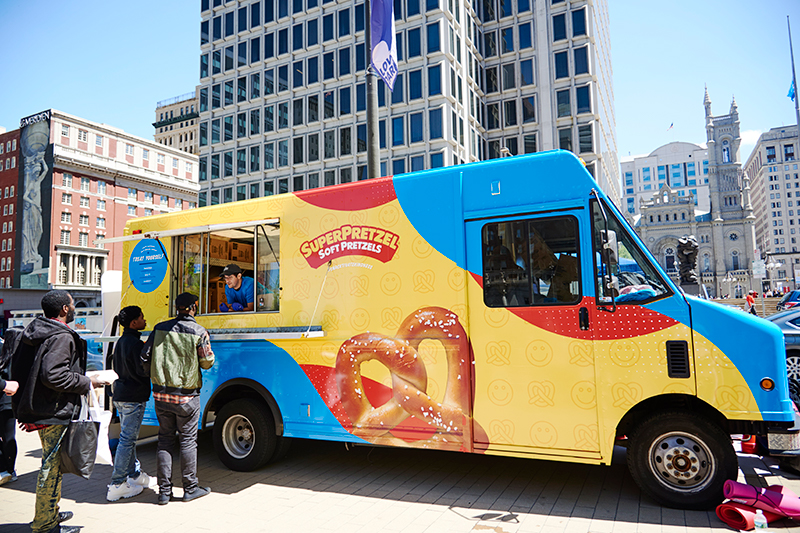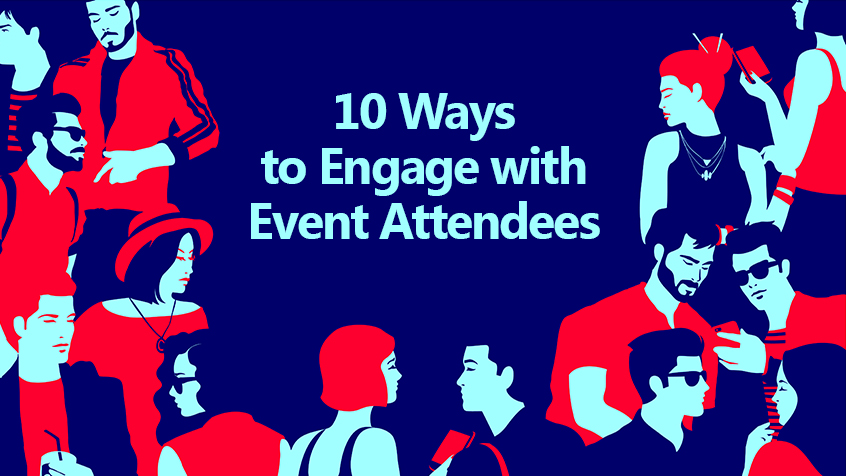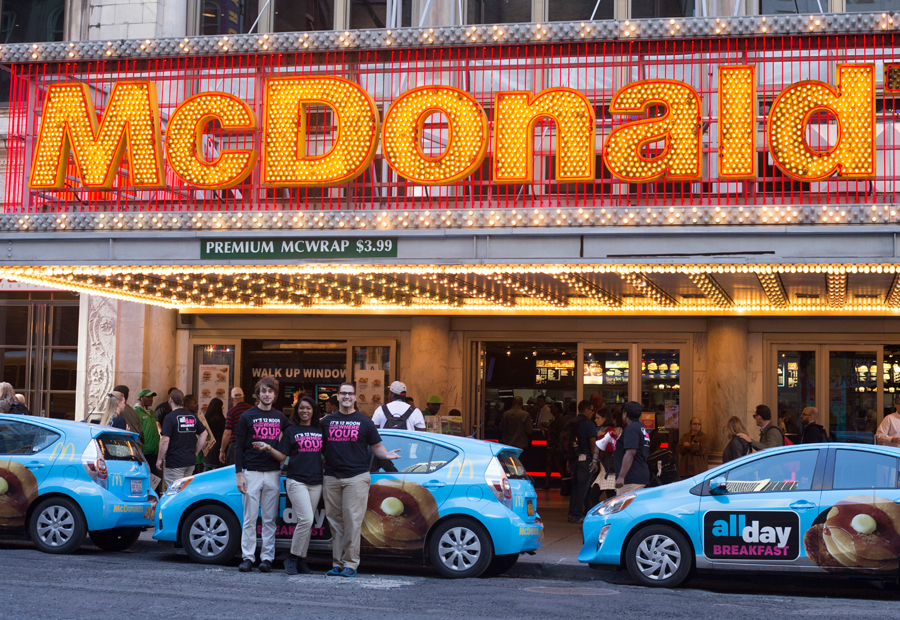Experiential Marketing is a strategy that invites consumers to actively engage with a brand through a fun and memorable experience. Brands use different experiences like immersive pop-ups, stunts, event footprints, and sampling to reach consumers to develop a relationship and create a bond that didn’t previously exist.
This invaluable relationship has led experiential marketing budgets to grow year over year. Events and experiences are a key part of integrated marketing campaigns at 84% of brands (EventTrack, 2018). If your brand isn’t on the experiential marketing bandwagon, now is the time to get started!

(EventTrack, 2018)
When first deciding to add Experiential to the mix, many brands get caught up in trying to do something that’s never been done. This is easier said than done and generally, but not always, requires a hefty budget. Don’t fret, there’s truth to the adage “if it ain’t broke, don’t fix it.”
Brands can successfully tailor one or several experiential tactics to connect with their audience. Here are 10 tried and true ways brands can engage with attendees to get the desired ROI for an event:
1. Brand Ambassadors
Brand Ambassadors are your connection to the consumer. A good Brand Ambassador will be well-trained, friendly, outgoing, and enthusiastic. He or she will authentically increase brand awareness and social media reach while promoting brands with invaluable one-on-one interactions.
2. Sampling
According to research in EventTrack 2018, the primary purchase decision factor by far is getting a sample or seeing a product demonstration, according to nearly half (47%) of consumers. We recently worked with partner agency 160over90 to activate a sampling experience for SUPERPRETZEL. If you can give your product away for consumers to try immediately, then do it!

SUPERPRETZEL sampling activation in Philadelphia’s Love Park.
3. Contests
Everyone loves to win stuff! It’s an easy and fun way to get people to interact with your brand and a great way to collect data. Contests can be done virtually, physically, or both. If your goal is to increase your Instagram following, have a contest where people need to follow your account and post a photo with a hashtag in order to win. Do you have a footprint at a large event? Host a scavenger hunt by hiding clues around the venue. Or, go crazy and combine the two for a virtual and physical connection.
4. Activity
The more time a person spends engaging with your brand, the more likely they are to remember it fondly and talk about it with their friends. Adding an activity from something as simple as a branded giant JENGA or as big as an obstacle course, engages the target audience and encourages them to have fun thanks to your brand. Last summer, we built a rock-climbing wall for Travel South Dakota’s Monumental Experience, which was such a success that it’s coming back this year!

Travel South Dakota’s Mount Rushmore and climbing experience in Chicago’s Millennium Park.
5. Chill Space
Similar to an activity, offering a space to relax and hang out will keep consumers at your event footprint engaging with the brand. From hammocks to décor to phone charging stations, there are so many ways to deck out a space to make people want to sit and stay for a while. Chill spaces are the perfect place for sampling your product as well!
6. AR/VR
Technology is a huge draw for consumers and big brands have been incorporating AR and VR into their experiential campaigns for several years now. It’s starting to become more affordable and can add a unique perspective to an event. AR can enhance your brand’s storytelling, by providing a history of or behind-the-scenes look at the brand. VR is a great asset for tourism brands to virtually take participants to your destination.
7. Photo Engagement
Photo engagements are everywhere, from your best friend’s wedding to your favorite music festival. People love photos as a keepsake of a good time. They can be generated by a branded photo printout that gets put on the fridge or an emailed copy that can be shared directly to social channels. These photos will live on past the event and increase impressions. Branded photos to post to social media is huge for a brand. 72% of consumers say friends’ posts about branded experiences makes them more likely to purchase the brand (EventTrack, 2017). Additionally, photo platforms collect consumer data for future brand outreach.

Fort Myers and Sanibel National Seashell Day Shell Car activation in Manhattan NYC.
8. Inform and Educate
Cater to your audience’s desire to educate themselves and make informed decisions. For example, to promote an allergy-friendly vacuum, you might host an event for people to learn how to allergy-proof their home. You could provide relevant detail on how the vacuum uses a sealed air system to keep allergens from being released back into the house. Now, the consumers have more knowledge on the subject, which they will attribute to the brand. This supports what we already know about published brand content, that 74% of readers trust educational content from brands as long as it doesn’t push a sale (Contently).
9. In-Store Experiences
Brick and mortar stores give brands the opportunity to engage with consumers at their store locations through experiential activations. In-store events, like a tea party or an educational experience, get people in the door, encourage on-site sales and help patrons see and experience the brand in a new way.
10. Emotional/Cause Tie-In
According to Kantar’s 2018 ‘Purpose 2020’ Report, nearly two-thirds of millennials and Gen Z express a preference for brands that have a point of view and stand for something. Doing something that’s good for the world and for your brand is a win-win! There are a lot of ways to incorporate good-will into an Experiential activation, from collecting donations to encouraging recycling. Just make sure to pick a cause that is authentic and makes sense for your brand.
There are so many ways to engage with event attendees! Our team of experts at EMC Outdoor can help you decide what’s right for your brand! Contact Us to learn more.





![Out of Home and the Casual Consumer [Infographic]](https://www.emcoutdoor.com/blog/wp-content/uploads/2018/05/HEADER-100.jpg)